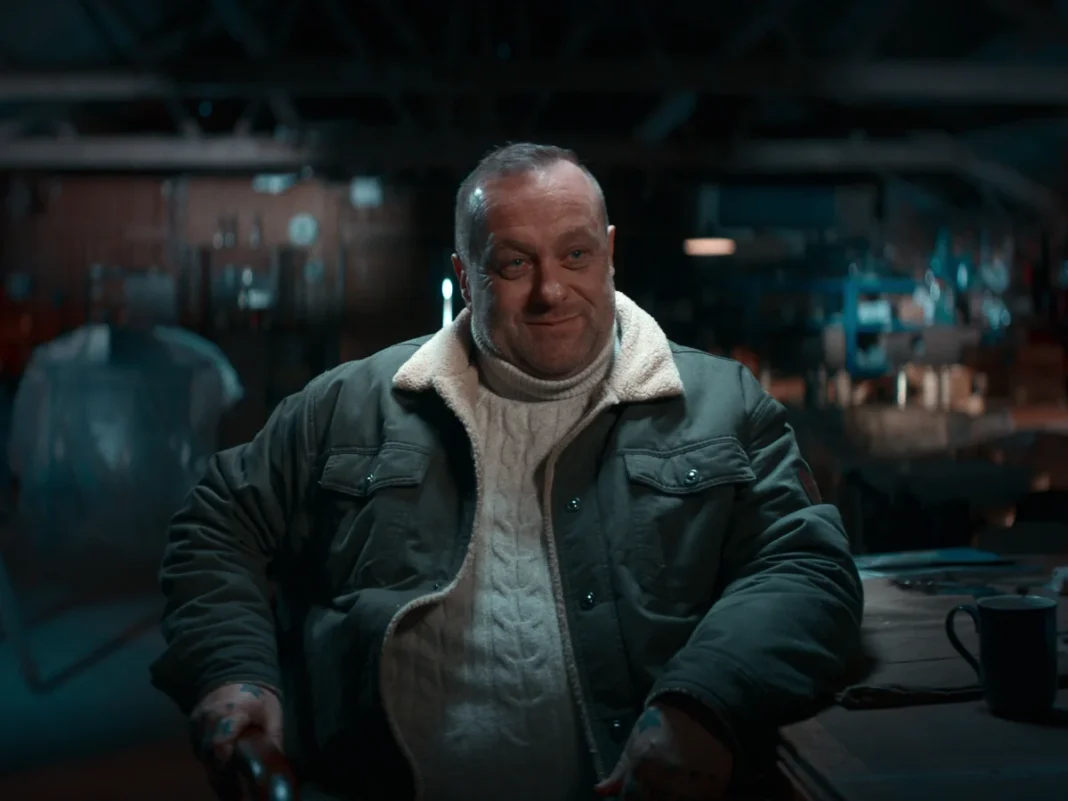The Diamond Heist, a new three-part docuseries executive produced by Guy Ritchie, brings the infamous 2000 Millennium Dome robbery roaring back to life with stylized edits, gritty narration, and a flair only a British crime legend could infuse. While the directing is handled by the award-winning team at Lightbox, Ritchie’s influence is unmistakable—from fast cuts and freeze frames to the cheeky charisma of its protagonists.
The series recounts the astonishing attempt by a South London gang to snatch the 203-carat Millennium Star diamond—valued at £200 million—from a display inside a structure even its own critics once dubbed “a tent.” The gang’s leader, Lee Wenham, is the centerpiece. A generational criminal chasing his father’s legacy, Wenham is introduced with cinematic flair as a man living fast, running scams, and itching for one job big enough to command true respect in gangster lore.
Episode One – “Robbers” – is pure Ritchie in tone. The gang’s planning of the heist is portrayed with swagger and bravado: casing the Dome, testing diamond glass with a nail gun, even staging a reconnaissance trip disguised as a father-daughter outing. The editing is slick—sledgehammers, speedboats, security flaws—and each criminal’s introduction feels like a casting call for a heist flick. It’s exhilarating. It’s bold. And at times, it’s too cool for its own good.
Because behind the pop-art visuals and snappy dialogue lies the troubling truth: this isn’t fiction. These men were armed. They fired sawn-off shotguns. They endangered lives—not just their own, but those of the public, the police, and the staff inside the Dome. The series rarely lingers on those consequences, preferring instead to revel in the ingenuity and adrenaline.
Episode Two – “Cops” – shifts the lens and redeems the narrative with nuance. Now, we follow the Flying Squad—the elite Metropolitan Police team tracking the gang for months. Their calm, methodical approach is a brilliant contrast to the swagger of the criminals. Surveillance vans, undercover officers dressed as cleaners, and internal moles all paint a picture of intelligent policing under extreme pressure. One officer notes dryly, “No one goes to the Millennium Dome twice,” when Wenham’s second visit raises red flags.
Episode Three – “Cops and Robbers” – is the collision point. The day of the heist arrives. The plan is in motion. But so is the police sting. Watching it unfold, knowing both sides have been preparing for months, is pure suspense. The vault is closed to the public “for cleaning.” Officers lie in wait. The speedboat idles nearby. And the result? A spectacular takedown that leaves Wenham furious, mouthing a sharp expletive before the screen smash-cuts to black.
The storytelling is undeniably gripping, but the ethical debate lingers. Does the stylish presentation risk glorifying career criminals? Does the entertainment value diminish the real threat and trauma these men caused? These are questions viewers must grapple with.
For readers of Voke Magazine, where culture, crime, and luxury often intersect, The Diamond Heist is essential viewing—not just as a masterclass in storytelling, but as a case study in how we frame criminality in the age of prestige television.


